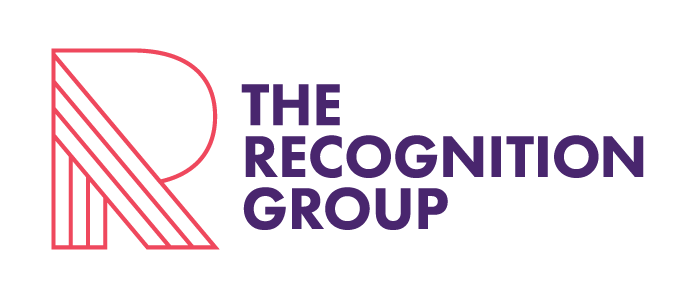Why it’s critical to maintain and improve communication with remote working teams
Since the COVID-19 pandemic hit in March, businesses have had no choice but to quickly adapt to broadscale remote working. This has created a seismic shift in the working landscape. Employers and employees alike now know that working from home doesn’t necessarily mean productivity will fall, and many employees are relishing the opportunity to avoid lengthy commutes. There is escalating speculation that the future of work will include far more flexibility in terms of location, with many businesses wondering if they need physical offices at all.
The ready availability of high-functionality tools such as Zoom, emails, instant messaging, and voice over IP (VoIP) phones means teams can collaborate and communicate effectively. Doing so may just take a little bit more effort and proactive thought than was required in the past.
It’s critical to consistently communicate with your team to maintain productivity, keep employees’ mental health in check, avoid the risk of isolation, and foster inclusion and clear lines of responsibility.
At The Recognition Group, we’ve had a distributed workforce for many years. Based on our experience, here are some tips for managing a remote team and keeping your employees connected even when they’re not physically together:
1. Improve your internal communications
Moving from in-person to remote teams can change the pace of employee conversations. Your team members have gone from being able to discuss work tasks with colleagues who are sitting within an arm’s reach to having to figure out alternative methods of communication. Often, this means defaulting to emails, which can slow the process down and can make employees uncertain whether their colleagues will read and respond to the email in a timely fashion. This can lead to increased frustration and a decrease in productivity.
Digital technology such as instant messaging can improve internal communications. Some email client programs also have inbuilt, real-time messaging tools which display who’s available, in a meeting or busy. This lowers the barriers to clear communication with colleagues and upper management. It also streamlines communication efforts by dispersing information faster and, arguably, in a more engaging way.
2. Communicate regularly and often
Making it easy for employees to keep up to date with business changes without having to look for them will increase engagement levels and reduce the general sense of uncertainty. Using digital tools such as email, intranets and group chats makes it easier to keep employees informed. This will feed their natural craving for information and prevent potentially damaging rumours from developing. Employees will appreciate the opportunity to understand the health of the business and the role they can play in maintaining that health.
To improve face-to-face communication, organising fortnightly or monthly staff meetings via online collaboration tools like Zoom or Teams can foster inclusiveness and reduce barriers to developing professional relationships. Meetings can cover business updates, new initiatives, current challenges and more. To make these meetings even more interesting, it can be worth considering including employee recognition and open conversations that facilitate new ways of thinking and encourage people to contribute.
3. Mix up workflows by increasing the rate of continuous engagement
Remote working shouldn’t kill collaboration. Maintaining teamwork can keep communication active and increase accountability for the delivery of work. Assigning employees to teams will foster better ideas and outcomes plus reduce the mental health impact on individuals who think they need to work solo.
4. Strengthen the workplace culture
A positive workplace culture will create a healthy and productive working team that feels connected and engaged. To achieve this, it’s helpful to understand different personalities and approaches while also improving bonding across all levels. Managers can foster and influence workplace culture through the way they embrace and encourage employees to share their ideas to improve the business. Positive workplace culture can be tested against whether employees have healthy morale, are eager to work, and are satisfied in their roles. If not, it’s important to address the culture deliberately and strategically to deliver real improvements that touch every employee.
It’s important to note that team drinks and trivia nights don’t set the company culture. Culture comes from the top of the organisation and is reinforced by every action and every communication within the business.
The COVID-19 disruption is likely to continue for some time yet. It is important for business leaders to pause and reflect on how communication is being managed in the workforce and whether the culture is strong and positive. Where appropriate, you should implement practices to increase levels and channels of communication to foster a harmonious workplace. Working remotely does not mean there’s no way to build a strong culture, celebrate successes and people or build morale. On the contrary; these things are now more important than ever.
The Recognition Group has extensive experience in developing internal communications programs to help organisations improve their culture and employee engagement. To find out how we can help your business, contact us today.
